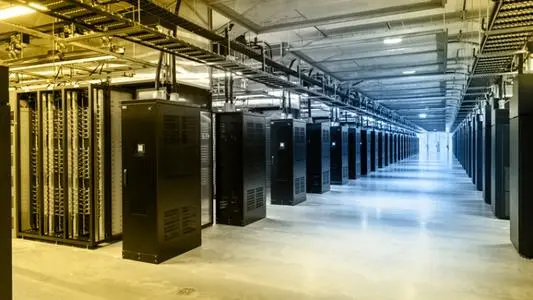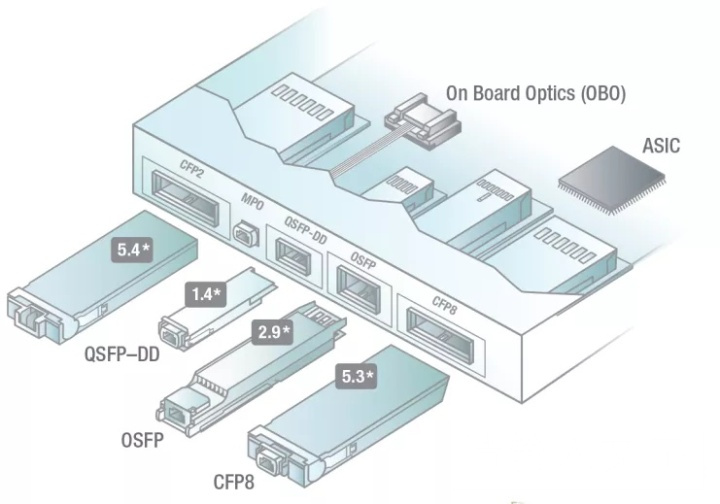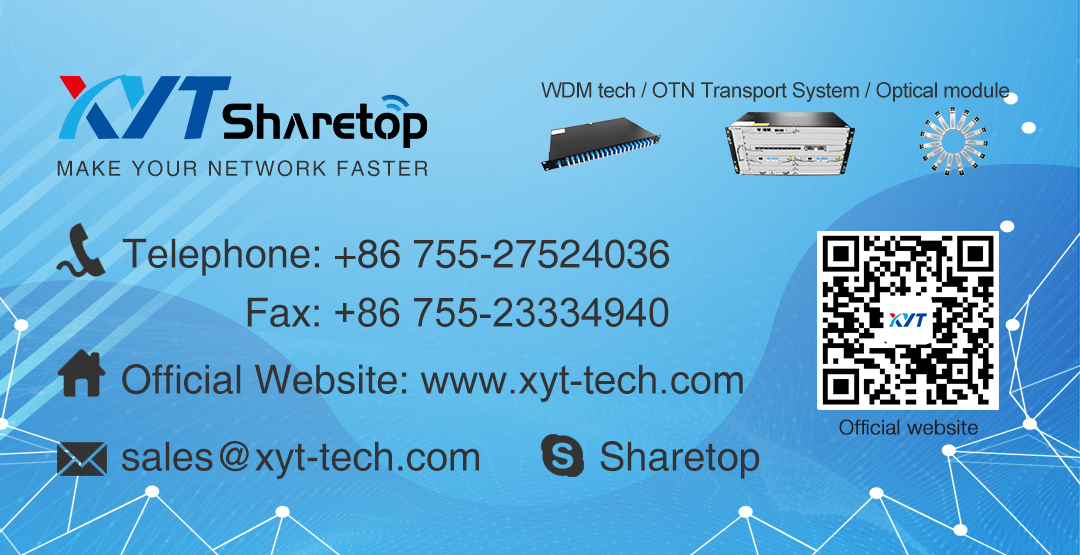The growth of cloud computing has placed a lot of pressure on data centers in recent years. Likewise, the evolution and development of the internet of things (IoT), including 5G, has contributed to the requirements imposed on data centers. Then, these data centers will have to boost their network capacities to respond to the impulsiveness of traffic patterns.

Currently, this trend is moving the sector to bring about new solutions for DCI (data center interconnect). It also has brought about the existence of potential improvements. These trends go across the DCI spectrum, from short-haul to long-haul connections within data centers and throughout the network.
The point with most of the focus is the imminent adoption of the 400G throughput schemes. In the meantime, other data rates and technologies will keep on playing sustaining roles in the evolving system.
For instance, within a short time range, the pulse amplitude modulation (PAM) technology has grown to the forefront. Pulse Amplitude Modulation is an effective alternative to the traditional architecture-based techniques used for building higher capacities.
Within the long-haul, there have also been the deployments of high-speed network solutions. These solutions exist for more technologies and improvements that will potentially be introduced into the system in the future. Higher rates of bit typically bring about shorter transmission ranges. Even at that, the overall connectivity is boosted by deployments of high speeds.

For example, a DCI with 200G capacity may be able to attain full speeds within the lesser proximity of the metro. However, the DCI can also operate at 100G if the applications are long haul, and require increased optical reach. This phenomenon applies to 400G deployments, whereby the sustaining 200G DCI network architecture is the foundation for early 400G implementation.
Across the ecosystem of data centers, another visible surfacing capability is Programmability. Interfaces should be adjustable to optimise capacity in response to real-time demands of bandwidth. Hence, it increases the ability of operators to respond to impulsiveness. With this kind of flexible foundation, operators shield their networks in projection for whatever the future brings.
The deployment of the 400G network is still in its infancy. Yet, the will to push the network technology is robust. 400G offers increased capacity for traffic, while it maintains its cost-effectiveness by lowering the costs of operation. It provides the edge over earlier data-rate schemes with lower energy consumption and a less significant footprint. The development of this technology is a response to tremendous pressure, which also promises remarkable results in the long run.

隐私保护 |
法律声明 |
在线留言 |
网站导航 |
网站地图 |
文档下载 | 咨询热线:0755-27524036 |
订阅
深圳纤亿通科技有限公司版权所有 转载必究 Copyright 2010-2019 poptimes CO.,Ltd. All rights reserved.
备案号:粤ICP备14020946号
友情链接: 光创未来| fiber168| 纤亿通光源放大器网站| 纤亿通光模块网站| 纤亿通保偏无源器件网站| 纤亿通OTN网站

